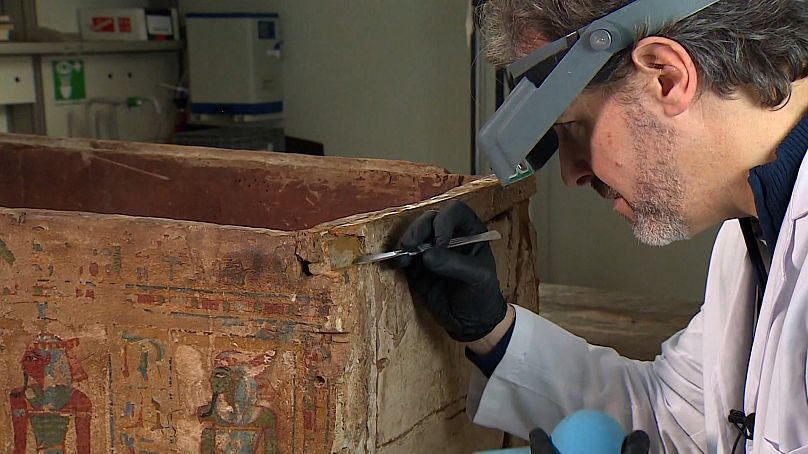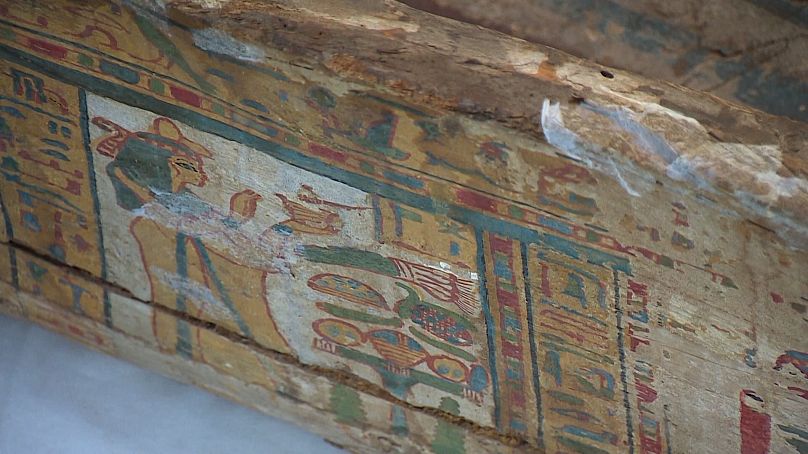Spanish archaeologists restore extraordinary 3,000-year-old Egyptian coffin
The ancient Egyptian sarcophagus, dating back over 3,000 years, is adorned with intricate hieroglyphs and vibrant polychrome paintings depicting the priestess of Amun, Ruru.
A collaboration agreement has been signed between the Association of Friends of Madrid's National Archaeological Museum (AMAN) and the Iberdrola Spain Foundation to restore a stunning ancient Egyptian wooden coffin belonging to the priestess of Amun, Ruru.
The project aims to revive and conserve the sarcophagus, dating back to the mid-21st Dynasty (1070 to 945 BC), which has suffered deterioration since its donation to the Madrid museum in 1895.
Expected to take seven months, the restoration will return the coffin to its former glory and prepare it for public exhibition alongside the esteemed collection of Egyptian antiquities housed within the museum's Egypt room.
"The most important thing is to prevent the paint from falling off, because it is a very thin layer of mortar that has suffered damage," explains Ignacio D'Olhaberriague Martínez, a cultural property restorer and archaeology specialist.
The restoration aims to preserve the coffin's decorative elements and pigments, while also investigating its historical context, production techniques, and any inscriptions concealed by previous interventions or dirt.
Key issues identified during the restoration process include paint loss, wood damage, cracks in the polychromed interior, and exterior damage.
"The sarcophagus is very important because it is fully decorated and has a large number of funerary representations. Amon's priestess, Ruru, is depicted too, offering gifts to the gods," says Esther Pons Mellado, curator of the Department of Near East Egyptian Antiquities at Madrid's National Archaeological Museum.
-- Sent from my Linux system.


No comments:
Post a Comment